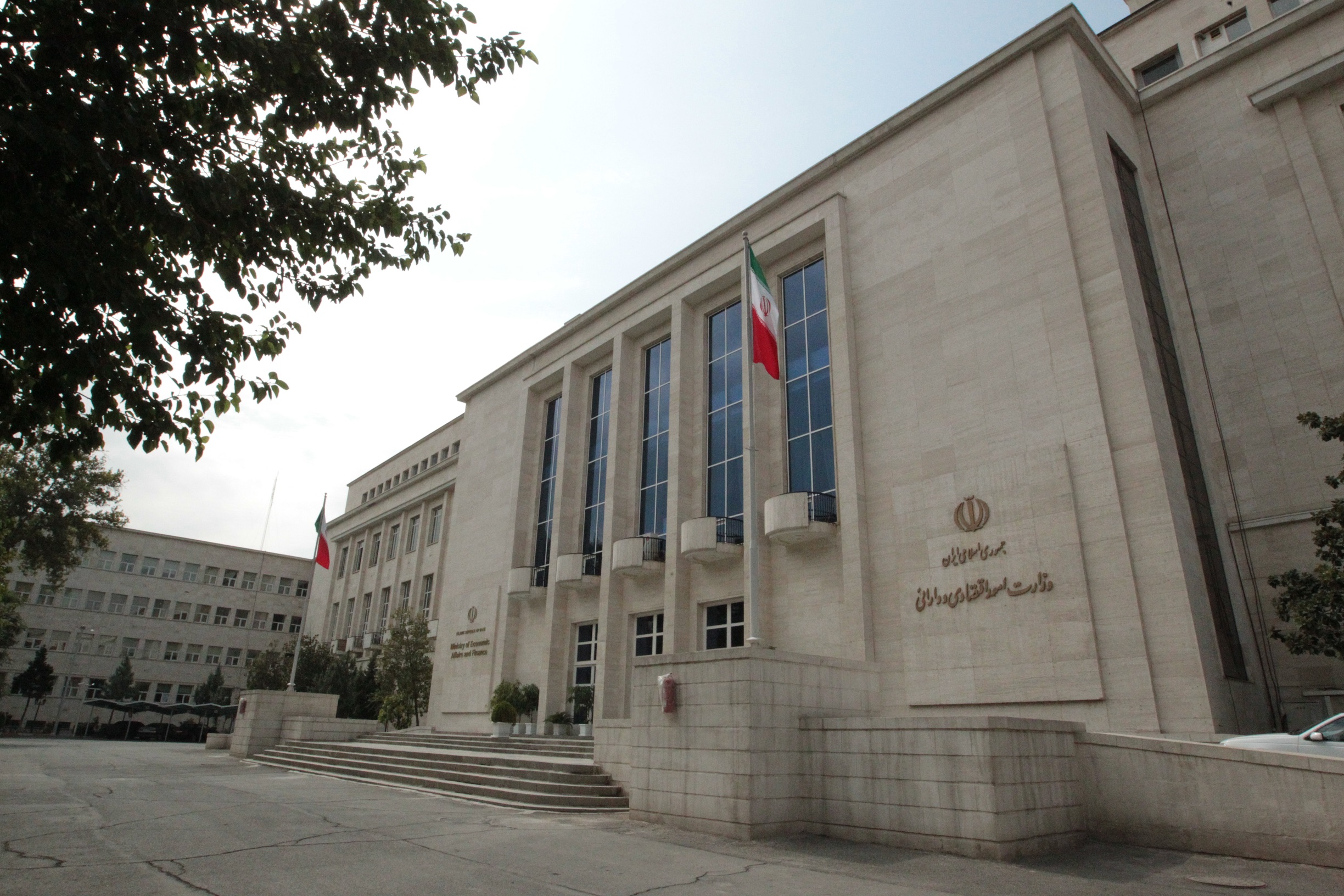The government has earned 3,480 trillion rials ($8.73 billion) in tax income during the first three quarters of the current Iranian year (March 21-Dec. 21), according to the Economy Ministry.
Data released by the Iranian National Tax Administration shows earnings stood at 380 trillion rials ($953.81 million) in the ninth month of the year, Mehr News Agency reported.
Total tax earnings during the Q1-3 period were estimated at 3,390 trillion rials ($8.5 billion), which means over 100% of the target were realized.
From the total income of 3,480 trillion rials [$8.73 billion]), direct taxes reached 2,190 trillion rials ($5.49 billion) and tax on goods and services stood at 1,280 trillion rials ($3.21 billion).
From total direct taxes, 1,440 trillion rials ($3.61 billion) came from legal entities, 624 trillion rials ($1.56 billion) from income tax and 13 trillion rials (32.63 million) from capital tax.
Total tax income stood at 3,250 trillion rials in the fiscal 2021-22 and 2,070 trillion rials ($5.19 billion) in 2020-21.
Fiscal 2023-24 Budget to See 50% Rise in Tax Income
The ceiling on tax revenues has increased from 4,540 trillion rials ($11.39 billion) in the current Iranian year’s (March 2022-23) budget to 6,800 trillion rials ($17.06 billion) in the upcoming year, indicating a 50% increase, the head of INTA’s Fiscal Planning Center said recently.
Allaying concerns about further increase in taxes on businesses and salespeople, Mehdi Movahedi said there will be no new tax bases or rise in tax rates.
“A significant part of the 50% rise [in tax income] owes to high inflation which is expected to stick above 40%,” he was quoted as saying by IRIB News.
Stressing that tax rates will remain the same as past year’s, he said efforts have been made to minimize pressure on the production and real economic sectors.
“Tax incomes have a 50% share in funding the government’s expenditure. We plan to maintain this share in the year ahead.”
He explained that INTA is looking to raise its income by collecting tax arrears and stemming tax evasions.
The Iranian rial has lost more than 60% of its value against the dollar since the start of last Iranian year. Since the beginning of fiscal 2020-21 to date, the value of the dollar against the rial has increased by around 160%. All above figures have been converted based on the current exchange rate of about 400,000 rials per dollar.
Inflation should also be taken into account when studying the changes in tax income. The average inflation rate has been around 40% since the fiscal 2020-21.
The Ministry of Economic Affairs and Finance announced earlier this year new measures taken by the government, including connecting nine million point-of-sale (POS) terminals to the national taxation system and activating another nine million POS terminals.
“As such, the number of taxayers increased by three million by August 22 … The number of tax declarations submitted to the Iranian National Tax Administration increased from 3 million to 4.5 million by July 22.”
The Comprehensive Taxpayers System, which is the main platform for the implementation of the law on shopping terminals, requires all sales and purchases to be registered in the form of electronic invoices.
The government says it aims to increase the share of taxes and reduce the share of oil revenues in the public budget, as the income from the sale of natural resources, including oil, gas and mines, is supposed to be spent on national development instead of current budget expenditures.
The Budget Law stipulates that social media influencers with more than 500,000 followers who generate income from commercial activities will be subject to income tax.
Economy Minister Ehasan Khandouzi earlier communicated the directive on taxing influencers to the Iranian National Tax Administration.
“For INTA, it is not important whether the owner of the bank account is a dairy seller or a celebrity or an athlete. Artists will be exempt from tax if they earn less than 2,000 million rials [$5,020 per year]. All other celebrities who earn more must be taxed,” Davoud Manzour, the INTA chief, has been quoted as saying.
As per a new approach employed by INTA, whistleblowing on taxevaders and other tax violations will be incentivized. The whistleblowing guidelines were communicated to tax offices on Feb. 27.
The public has been asked to log on to Intamedia.ir and report tax schemes and evasions to receive a special reward.
Tax Evasion
Globally, approximately 36-90% of government funding come from taxes. In Iran, however, the contribution is 40%.
Iran’s super-rich account for 4-5% at best, according to Mohammad Salami, a research associate at the International Institute for Global Strategic Analysis.
Tax evasion is estimated at 1 quadrillion rials ($2.51 billion), of which 50% are direct tax evasion, and the rest is due to refusal to pay.
According to Rajab Rahmani, a member of the Majlis Planning and Budget Commission, tax evasion equals the budgets of 15 of Iran’s 31 provinces.
Omid Ali Parsa, the former head of INTA, disclosed that half of the country’s billionaires pay no taxes, based on a review of bank transactions of some 300,000 people with annual incomes exceeding 10 billion rials [$25,100], while the other half pay less than what is required.
It has been more than a century since the first tax law was enacted in Iran but only in the last decade has the Islamic Republic begun to utilize taxes more seriously.
Evasion is aided by the fact that government agencies do not provide sufficient information to the tax agency.
Over the years, despite the Islamic Republic’s pledges of economic equity, the super-rich have been able to change some laws to their advantage due to their access to centers of power.
Other centers of power, institutions, and organizations are exempt from some taxes.
According to Hassan Fadaei, the head of Economy Ministry’s Fiscal Department, the volume of tax exemptions accounts for at least 40% of GDP in Iran while the volume of tax evasion is 35-70% of total tax income.


